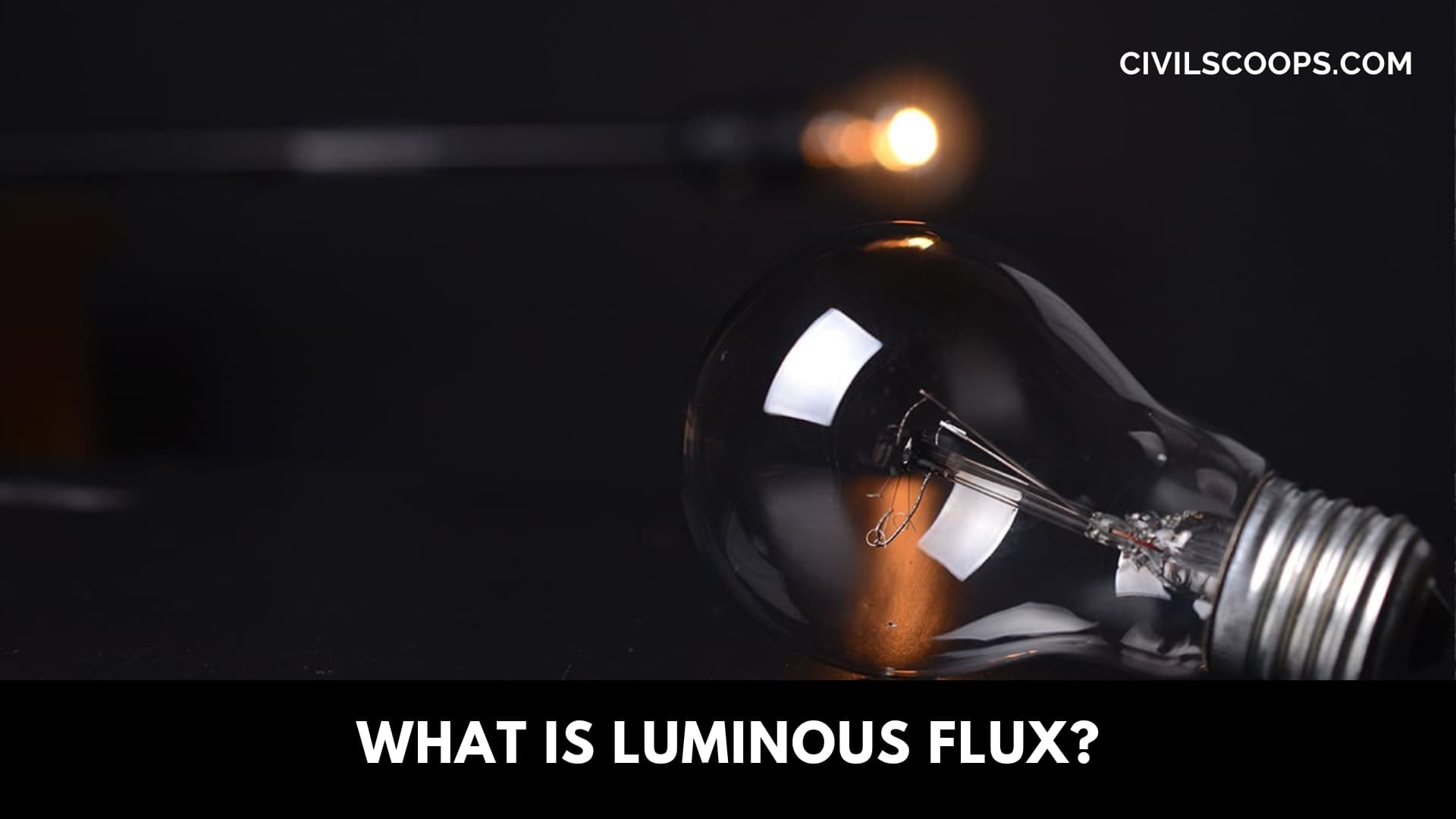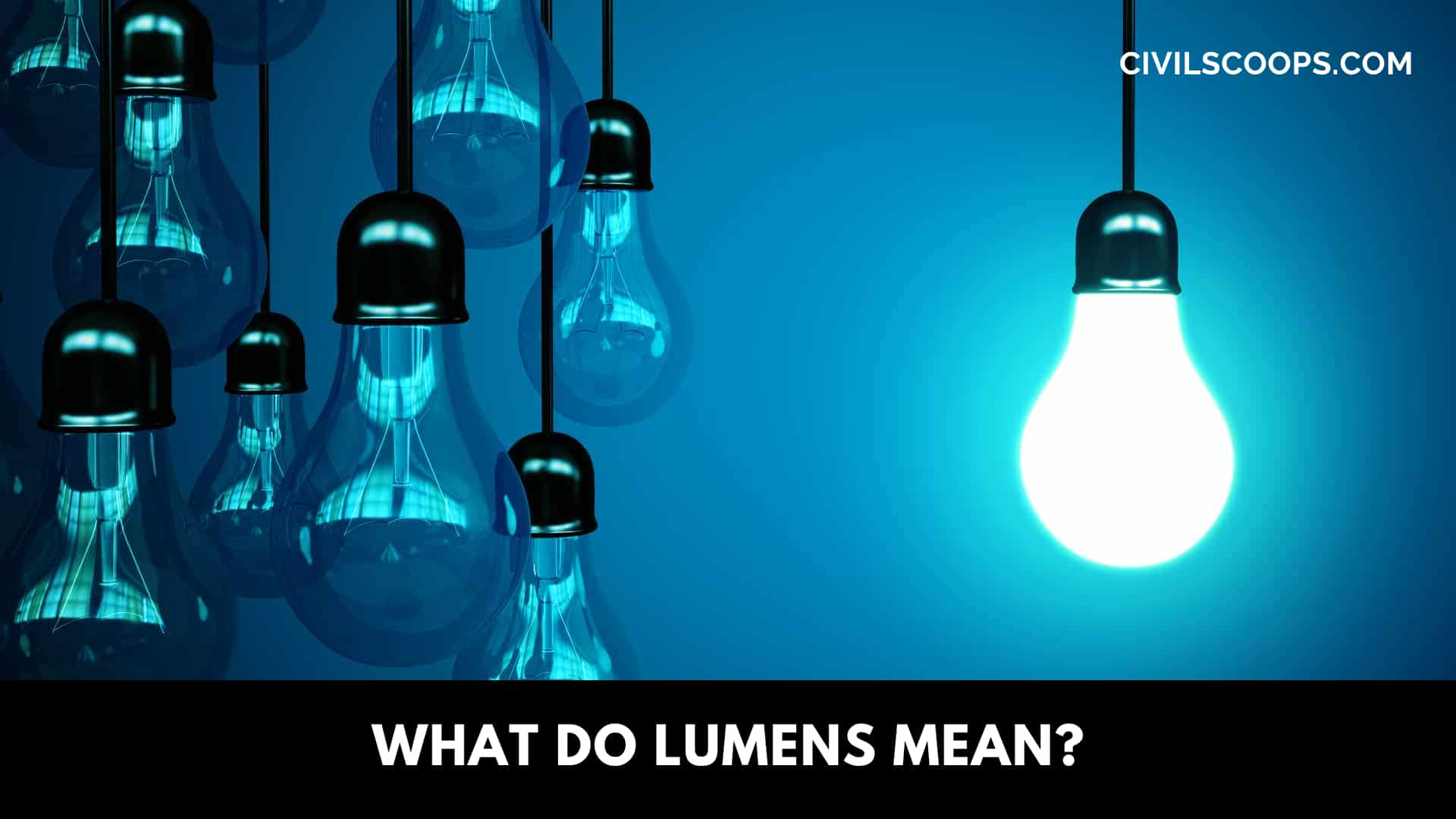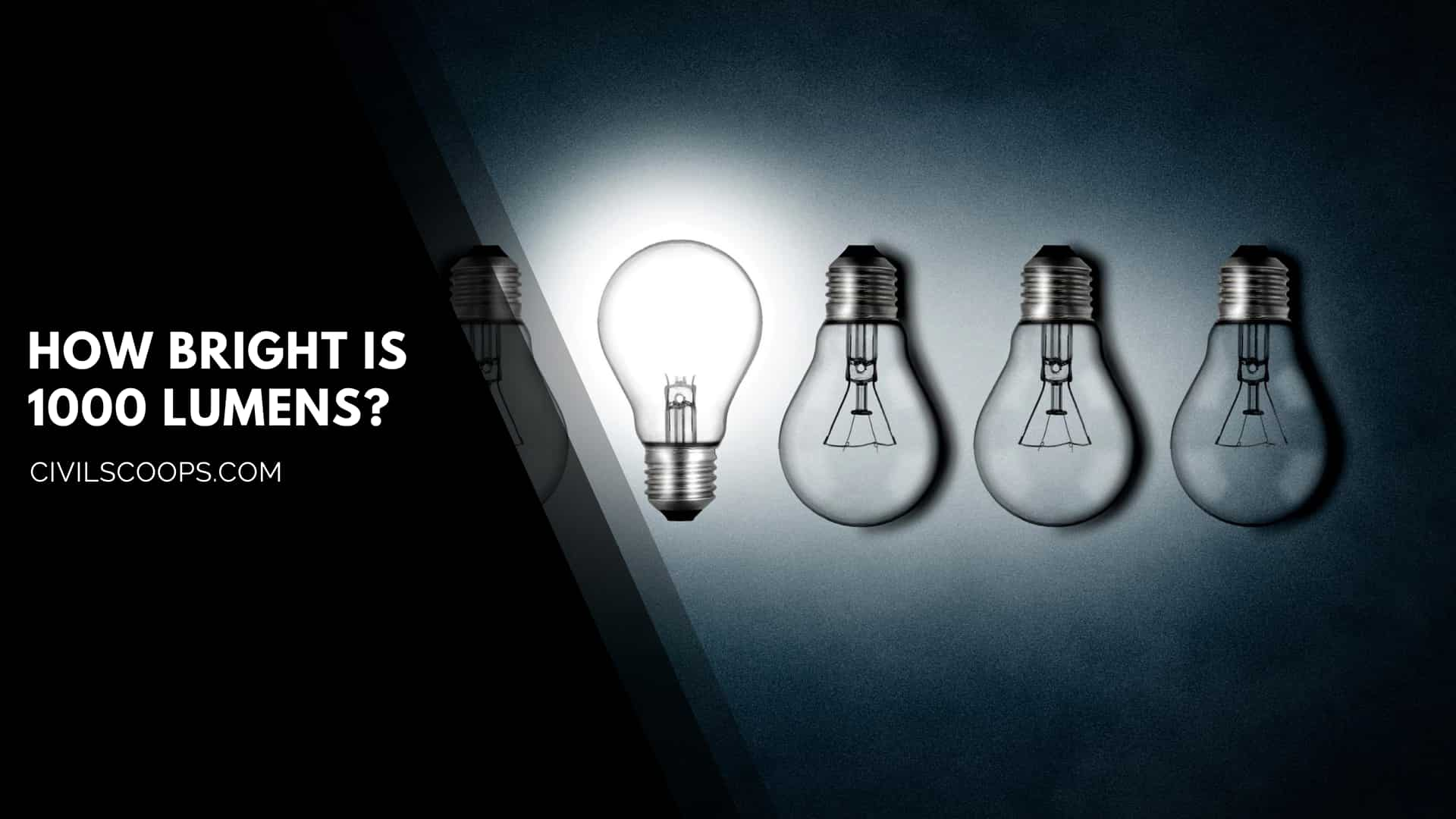Table of Contents
What Is Luminous Flux?
Luminous flux, or luminous power, is the measure of the perceived power of light.
It differs from the measure of the total power of light emitted, termed ‘radiant flux‘ in that the former takes into account the varying sensitivity of the human eye to different wavelengths of light.
In other words, it is photometrically weighted radiant flux (power). The SI unit of luminous flux is the lumen (1m).
One lumen is defined as the luminous flux of light produced by a light source that emits 1(one) cd of luminous intensity over a solid angle of 1 sr.
In other systems of units, luminous flux may have units of power. ‘Lumen‘ is the unit of luminous flux, defined as flux emitted through a unit solid angle (one steradian) from a directional unit point source of 1 cd.
To avoid reference to candela, and to use as a photometric base unit, the lumen may be defined as the luminous flux of monochromatic radiant energy whose radiant flux is 1/683 W and whose frequency is 540 x 1012 Hz (closely equal to a wavelength of 555 nm).
As with luminous intensity, the luminous flux of light with other wavelengths can be calculated using the CIE photometric Curve.
Also Read: What Is Admixture | 26 Types of Admixtures | Advantages & Disadvantages of Admixture
What Are Lumens?
Lumens are denoted by lm are a measure of the total amount of visible light to the human eye from a light source or lamp.
The higher the lumen rating the “brighter” the lamp will appear or we can say the more lumens in a light bulb, the light is brighter.
What Do Lumens Mean?
Lumens measure how much light you are getting from a bulb. More lumens means it’s a brighter light; fewer lumens means it’s a dimmer light.
Also Read: All About SBC of Soil | What Is SBC of Soil | Safe Bearing Capacity of Soil
Luminous Energy
Luminous energy is the energy emitted or propagated in the form of light; the product of luminous flux and its duration, measured in lumen-hours or lumen-seconds.
In other words, it is the total radiant energy emitted by a source, evaluated according to its capacity to produce a visual sensation. It is photometrically weighted radiant energy.
How Bright Is 1000 Lumens?
One lumen is approximately equal to the amount of light put out by one birthday candle that’s one foot away from you.
To help you get an idea of the lumen scale, a standard 60-watt bulb puts out around 750-850 lumens of light.
If you’re choosing bulbs for task lighting, look for bulbs with 1000 lumens or more.
Also Read: 14 Types of Plaster Finishes (List of Plaster Finishing)
Luminous Flux Vs. Lumens
| Sr No. | Luminous Flux | Lumens |
| 1 | Luminous flux is the quantity of the energy of the light emitted per second in all directions. | Lumens are denoted by lm are a measure of the total amount of visible light to the human eye from a light source or lamp. |
| 2 | The lumen is the standard unit of luminous flux. | The lumen (symbol: lm) is the SI derived unit of luminous flux |
| 3 | Luminous flux is often used as an objective measure of the useful light emitted by a light source and is typically reported on the packaging for light bulbs, although it is not always prominent. | Lumens used in a house depends on a number of factors including; room size and shape, ceiling height, colour scheme or interior, type of lamps & fitting, task areas and needs of the user. |
| 4 | It is the quantity characteristic of radiant flux which expresses its capacity to produce visual sensation evaluated according to the values of relative luminous efficiency for the light-adapted eye: a) Effective luminous flux (øn) — Total luminous flux which reaches the working plane. b) Nominal luminous flux (ø0) — Total luminous flux of the light sources in the interior. |
In other words, it is an SI unit of luminous flux. The luminous flux emitted within unit solid angle (one steradian) by a point source having a uniform intensity of one candela.
Lumens used in a house depends on a number of factors including; room size and shape, ceiling height, colour scheme or interior, type of lamps & fitting, task areas and needs of the user. As a general guide; below are the lumens required for different room settings per 10 sq ft. In many cases, a mixture of general and task lighting will be required. |
What Is the Unit of Luminous Flux?
The SI unit of luminous flux is the lumen (lm). One lumen is defined as the luminous flux of light produced by a light source that emits 1 cd of luminous intensity over a solid angle of 1 sr. In other systems of units, luminous flux may have units of power.
What Is Luminous Flux Vs Lumens?
Lumen is therefore the unit to measure the brightness of a light source independently of the direction of the light beam. Luminous flux is a measure of the total amount of light in a light beam. Light intensity is a measure of the light density.
What Is Luminous Flux in Led?
LED Light Levels – Brightness, Lumens and Light Measurements. Lumens (lm) refers to the measurement of luminous flux which is the total amount of light (photons) produced by the LED light bulb or other type of light. One lumen is equivalent to one foot-candle falling on to one square foot of area.
What Is Lumens in Lighting?
Lumens measure how much light you are getting from a bulb. More lumens means it’s a brighter light; fewer lumens means it’s a dimmer light. Lumens are to light what. Pounds are to bananas.
What Is 6000k in Lumens?
JacobsParts LED Corn Light Bulb 100W Equivalent 6000K Daylight White 1850 Lumens.
What Is 800 Lumens in Watts?
Until you’re more comfortable using lumens to gauge how much light a bulb will produce, use these approximations: 40W = 450 lumens. 60W = 800 lumens.
What Does Candela Measure?
The candela is the SI’s base unit for photometry—the science of measuring light as perceived by the human visual system.
What Lumens Do I Need?
Lumens Quick Guide
- Workspace or garage: 8,000 to 10,000 lumens.
- Kitchen work areas: 7,000 to 8,000 lumens.
- Bathroom: 7,000 to 8,000 lumens.
- Home office: 6,000 to 8,000 lumens.
- Dining room: 3,000 to 4,000 lumens.
- Kitchen: 3,000 to 4,000 lumens.
- Dining room: 3,000 to 4,000 lumens.
- Living room: 1,000 to 2,000 lumens.
What Lumens Is Bright?
The brightness, or lumen levels, of the lights in your home may vary widely, so here’s a rule of thumb: To replace a 100 watt (W) incandescent bulb, look for a bulb that gives you about 1600 lumens. If you want something dimmer, go for fewer lumens; if you prefer brighter light, look for more lumens.
What Is 1 Lumen?
A lumen is defined as the amount of light being emitted into 1 unit of solid angle (1/4π of the area of a sphere) by a light source with a luminous intensity of 1 candela.
What Is 60 Watts in Lumens?
Lumens measure brightness. For example, a 60-watt incandescent bulb produces about 800 lumens of light. By comparison, an LED (light-emitting diode) bulb produces that same 800 lumens but uses only about 9 watts.
What Is 3000k in Lumens?
820 Lumens – 9 Watt – 3000 Kelvin – LED A19 Light Bulb.
What Is 5000k in Lumens?
The lumen, which is the ultimate measurement of brightness, is different on each though. A 100 watt LED light bulb in 5000K can have 1500 lumens. A 4000K 100 watt will also be 1500 lumens.
What Is 4000k in Lumens?
4000K 100 watt will also be 1500 lumens. A 60 watt LED light bulb in 5000K can have 750 lumens. A 4000K 60 watt will also be 750 lumens.
What Is the Difference Between Lumens and Watts?
Lumen is the term used to describe the total amount of light emitted by a light source, while wattage merely indicates the amount of energy it uses. As lighting becomes more and more energy-efficient, the same number of lumens is being achieved with lower and lower wattages.
What Lumens Is Daylight?
It’s because direct sunlight has lumens value between 32,000 – 150,000 lumens depending on where you live and the weather. Thus, even the brightest projector can’t compete with that.
How Bright Is 1000 Lumens?
1000 lumens is a fairly bright light; it’s roughly equivalent to the light output of a 45-60 watt incandescent bulb. Depending on the size of the space, the layout and how many other light sources there are, 1000 lumens may seem quite bright or somewhat subdued.
Like this post? Share it with your friends!
Suggested Read –
- All About FSI and FAR | What Is FSI | What Is FAR | What Is Premium FSI | FSI Full Form | FAR Full Form
- Benchmark in Surveying | TBM in Surveying | GTS Benchmark| Permanent Benchmark | Arbitrary Benchmark
- All About Soffit | What Is Soffit | Different Types of Soffit | What Is Fascia | Advantages & Disadvantages of Fascia and Soffits |
- What Are Walls | What Is Interior Walls | 25 Types of Wall | Types of Interior Wall Materials | Types of Wall Construction | Types of Load Bearing Wall
- All About PPC Cement | What Is PPC Cement | Types of Pozzolana Materials | Manufacture of Portland Pozzolana Cement | Uses of Portland Pozzolana Cement





